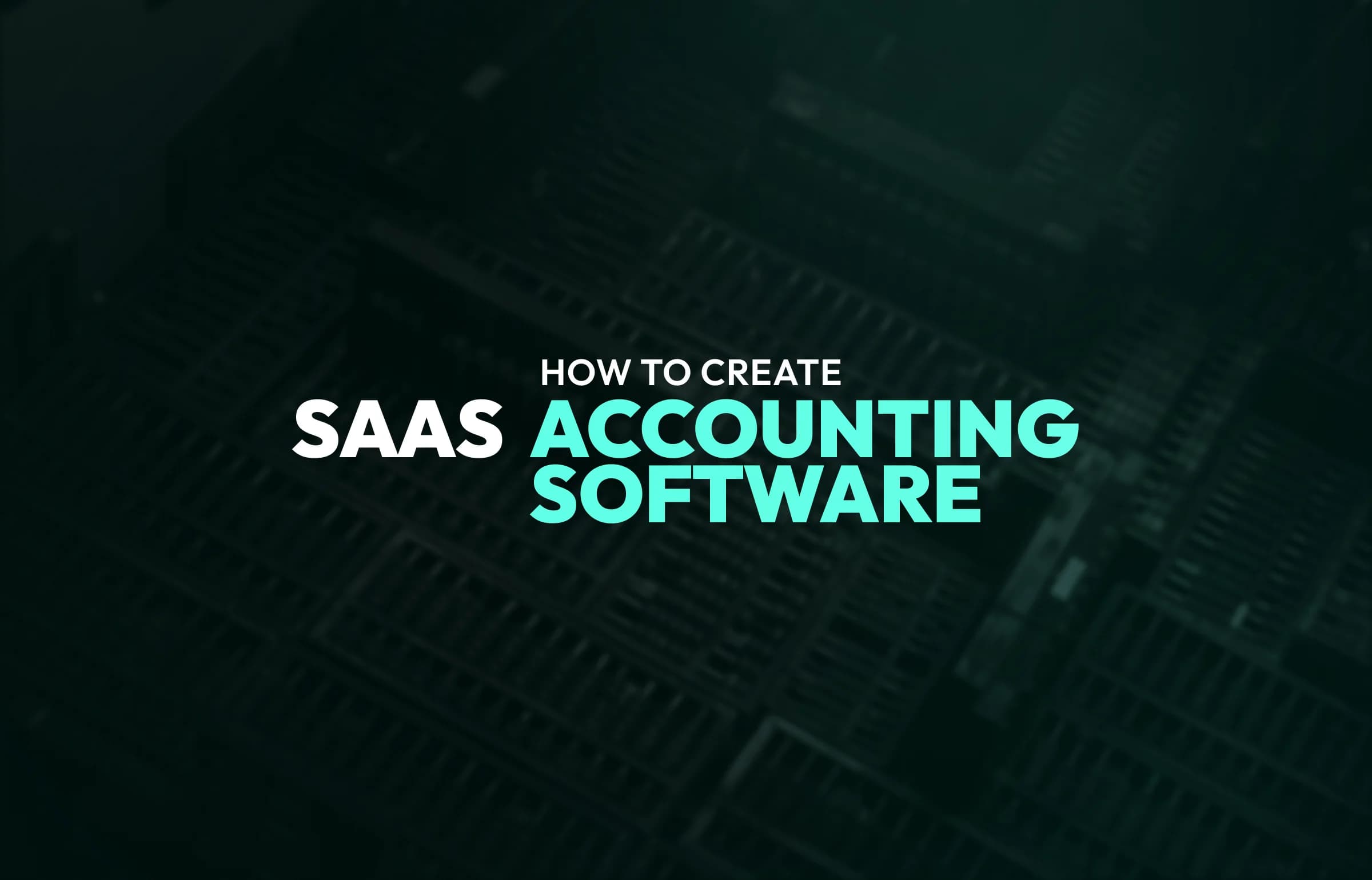
All THE IMPORTANCE OF IMPLEMENTING DYNAMIC PRICING STRATEGY
Updated:April 28, 202510 min read
Long-term prospects for your business and immediate reaction to market trends - we acquire it with Dynamic Pricing Software.
Active promotion and regular product extension is not all you should focus on by far if you want to get the most out of your eCommerce resource. Ultimately, you should be able to timely react to ever changing market tendencies and adjust your prices accordingly.
Usually, you can see with a naked eye that the demand for certain goods is rising and your competitors start to boost prices. This superficial approach, however, can only be efficient if you have no more than a hundred items to manage. So how to go about these things when you have about a thousand or more items? Software tools for adjusting dynamic pricing for the eCommerce website will come in more than handy.
What is Dynamic Pricing?
So, what is dynamic pricing?
It is one of the major eCommerce pricing strategies based on automation. Basically, with this approach at your side, you get autonomous competitive pricing calculations and customizations based on reports from various related data sources (prices for the same or similar goods in other stores, a number of item views in the store, desired sales volume, etc.).
Due to the extreme availability of numerous data sources required for dynamic pricing analytics, as well as the fact that such info may vary in real time, highly-efficient dynamic pricing tools are powered by artificial intelligence. It allows for achieving precisely predicted results from shifting prices at minimum labor resource expenses.
Benefits of Dynamic Pricing
Which particular advantages can your eCommerce store get from the implementation of well-tried-and-tested dynamic pricing strategies?
First of all, you get thorough pricing management opportunities that you can employ at any time, for any item – all due to end-to-end automation.
Secondly, you acquire an ability to IMMEDIATELY react to relevant market tendencies. This is an especially important benefit, as it may be quite difficult to predict which type of goods will be in most demand during sale days (like Black Friday) and which prices should better be lowered or increased.
Lastly, you don’t need to worry much about the long-term prospects of your business strategy, as a good share of responsibilities for pricing planning is taken up by the smart software tool that is utterly precise, objective, and fast in calculations at all times.
How Does Dynamic Pricing Work?
Now, you may want to clarify this – how does dynamic pricing work exactly?
Absolutely all software tools for dynamic pricing work in a similar way – they collect data from several sources (in real-time mode, of course), analyze them, and set the proper price. The common data sources in this matter include:
- your own business profits for N period of time;
- the desired amount of business profits;
- future pricing trends predictions;
- pricing scatter in your business niche;
- amount of product supplies, etc.
Examples of Dynamic Pricing
The most commonly known examples of dynamic pricing efficiently implemented in eCommerce are demonstrated by such renowned players as Amazon, Zappos, and 6pm.
On these platforms, prices may change several times a day – it depends on the ultimate demand for a particular item at the moment (they even set different prices for different variations of the same product – e.g., white sneakers of the 9.5US size may cost $64,95 while the bigger 10.5US size is priced at $49,95).

Dynamic Pricing Algorithm
Dynamic pricing algorithm for eCommerce describes a stage-by-stage implementation of the following tasks (this sequence of actions is cyclic):
- Current market niche analysis;
- Analysis of data related to logistic processes in your business (the number of goods in stock, the number of goods with a soon-to-be overdue date, etc.);
- Setting of the desired level of profit readings;
- Forming of a price for a certain item.
SOME DYNAMIC PRICING PITFALLS
The strategy of implementing dynamic pricing may have its downsides or, as better put, pitfalls as well.
The major pitfall is that customers may lose some brand loyalty seeing constant spikes in prices for your goods (it may simply be irritating). That’s why we’d recommend integrating dynamic pricing capabilities gradually, starting with the most popular goods.
There is also a nuance that many eCommerce beginners may come across. Obviously, any serious customizations in your online store must be paid for. Further support of any adjustments also costs money. If you have quite a limited budget, at first, you may see that your implemented dynamic pricing tool doesn’t seem to pay off.
Therefore, you should consider all the pros and cons for your particular business when it comes to this strategy. Perhaps, it would be more reasonable to adjust prices manually in your up-and-coming store as of yet.
THINGS YOU NEED TO KNOW BEFORE IMPLEMENTING DYNAMIC PRICING
Do you still hesitate whether to employ the dynamic pricing approach in your particular case? Here are some dry facts to make the final decision easier for you.
According to statistics, in the long term, the involvement of dynamic pricing capabilities leads to the total business income boost by 25% on average.
We can also consider the question from another perspective – the perspective of the negative consequences of neglecting modern prediction methods. Your eCommerce may simply look inferior to your more advanced competitors in the niche.
Moreover, you may also miss out on getting rid of the human factor-related risks, which may undermine your business operation at any moment.
ELEMENTS OF DYNAMIC PRICING
Dynamic pricing isn’t a sort of an add-on that can be installed and left alone for good. Dedicated dynamic pricing systems enable constant interaction of three major elements:
- software;
- data;
- manpower.
Only with this combination can you get efficient results and prevent many unnecessary expenses on your eCommerce (that’s why such solutions should still be managed by live dedicated specialists).
Dynamic Pricing Tactics for eCommerce
There are several fundamental dynamic pricing tactics for eCommerce market conditions.
SEGMENTED PRICING
This strategy implies setting up prices in accordance with particular market segments, locality or type of product.
PEAK PRICING
The peak pricing tactic intends changing prices based on the increase and decline in demand for a certain product or product niche.
TIME-BASED PRICING
This here tactic implies considering for how long a certain product is kept in retail and successfully sold (this especially goes for fashionable items, the relevance of which shifts from season to season).
PENETRATION PRICING
This method works only with authentic, unique products that can only be found in your store. Dynamic pricing software can collect data on similar items from the same product niche and set the price that is slightly lower. This approach may help you stimulate some intensive demand for new items.
Best Dynamic Pricing eCommerce Software & Tools
In fact, there are numerous available dynamic pricing software tools to choose from – you can take a look at the respective section at Capterra.
On the other hand, you may experience complications in finding the one which would meet your business needs at a reasonable cost. If you operate in a highly-popular business niche, you may need to employ more data sources than any readymade solution can handle.
That’s why we’d strongly recommend turning to experts that would select the most optimal dynamic pricing implementation strategy for your case and maintain the respective software.
How to Implement Dynamic Pricing Into Your eCommerce Step by Step
ALIGN STRATEGY WITH BUSINESS GOALS
Initially, you should understand which particular business goals you are looking to achieve by shifting product prices:
- reach a certain level of profits by a certain time;
- sell N product items;
- stand out among the competition, etc.
CONSIDER ALL PRICING FACTORS
Now, you should clarify which pricing influencing factors you need to consider, from which sources and how often you should collect data. The common major factor here can be an average market price.
COMPARE COMPETITOR PRICES
It’s always good to stay up to date as to your competitors’ pricing decisions. You should know that the lowest prices are usually set by the least popular online stores (which shouldn’t be considered as your direct competitors).
USE RELEVANT COMPETITIVE DATA
It is crucial that apart from pricing fluctuations, you also take into account all other relevant aspects of your competitors in the niche. Their conversion rates, search engine positions, and such should be considered.
TEST PRICING STRATEGIES
Lastly, don’t forget to test your shifts in pricing during particular time periods and analyze results. That way, you will be able to achieve an ultimately optimized result.
Building a Dynamic Pricing Model for eCommerce
Last but not least, let’s also highlight how to build a dynamic pricing model in practice. Below, we have the most primitive formula that may lay in the essence of dynamic pricing software tools’ performance.
Thus, the traditional pricing formula is based on the dependency between the price and product demand. We presume that you know the numbers so all you need to do is use this:
P=MAX(P) × D(P),
where p is the current product price, max(p) – maximum price in a particular period of time, and d(p) – a certain function that defines current demand for a product.
Surely, this is an utterly primitive interpretation of the formula as many more factors must be considered in real practice (current logistic expenses, fall of demand for other products, average market pricing, advertising costs, etc.).
How Can We Help You?
Dynamic pricing software allows achieving the desired profits and lowering human factor risks. Our team has been implementing such solutions on numerous occasions, enhancing operating eCommerce stores. We always know which aspects should better be implemented in which cases and can conduct a renovation that will boost your business results dramatically.
Contact us and forget about all the pains related to figuring out how to implement dynamic pricing on your own.
DYNAMIC PRICING FOR ECOMMERCE – CONCLUSION
As you can see, proper price optimization for eCommerce is crucial for being able to keep one’s head above the water in the fierce world of online business. The all-around pricing management capabilities that dynamic pricing eCommerce software provides cannot be overestimated by millions of entrepreneurs all over the world. Contact us right now to implement your own dynamic pricing solution at a reasonable price and in the shortest terms.



